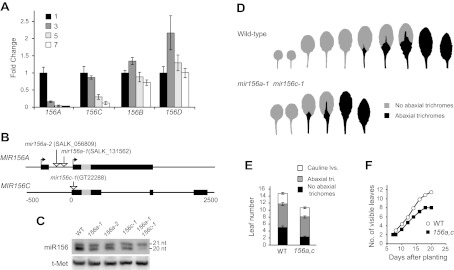Figure 4. MIR156A and MIR156C are important for vegetative phase change.

(A) qRT-PCR of primary miRNAs in 1-mm leaf primordia from different positions in se-1 shoots, counting from the base of the rosette. Only MIR156A and C are temporally expressed. (B) The genomic structure of MIR156A and C and the location of T-DNA insertions in these genes. Boxes indicate exons, with the position of the miR156 hairpin indicated in gray. Arrows indicate the transcription start sites for the major MIR156A transcripts. (C) Northern blot of miR156 in single and double mutants of MIR156A and MIR156C. These mutations only affect the accumulation of the 20-nt form of miR156, demonstrating that the 21-nt form is the product of another gene or genes. (D) Rosette leaves of wild-type and mir156a-1 mir156c-1 plants grown in LD. (E) The mir156a-1 mir156c-1 double mutant has significantly fewer juvenile leaves and transition/adult leaves (error bars indicate SEM). (F) The mir156a-1 mir156c-1 double mutant has a reduced rate of leaf initiation.
